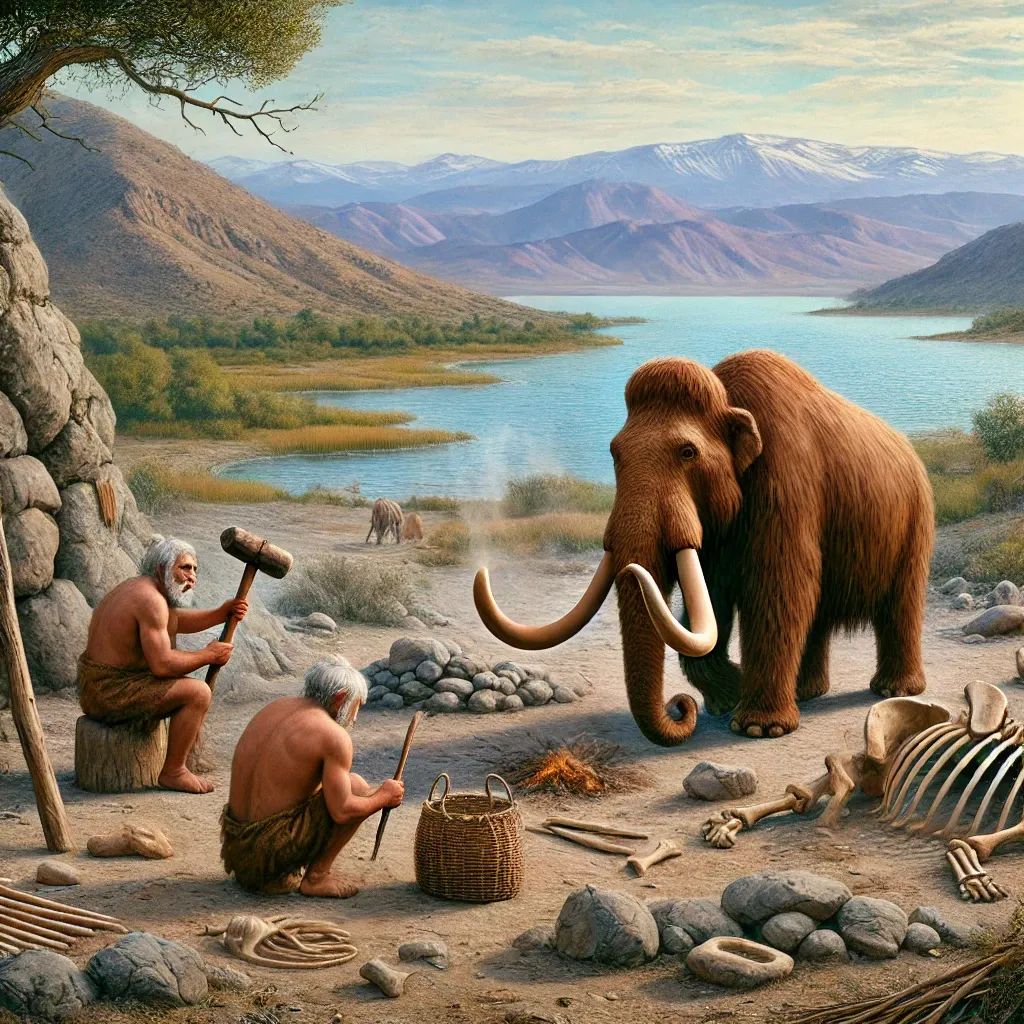
Elmacık Fossil Locality located in Burdur’s Kemer district also provides evidence of the oldest human presence in Burdur. The Paleolithic stone tools found in this area are techno-typologically attributed to the Lower Paleolithic Period. The vertebrate fossils exhibited in the Burdur Natural History Museum are dated to the Late Early Pleistocene (1.2-1.1 million years ago). As a result of taphonomic examinations, cut marks related to butchering processes made with stone tools are found on some mammoth bones. These marks indicate that the animals were dismembered and consumed by humans. This important data shows that the age of the stone tool findings is consistent with the fossil age, pointing to the oldest human presence in Burdur approximately 1.2 million years ago during the Late Early Pleistocene. It is understood that during this period when Burdur Lake was a freshwater source, the lake shore was an important habitat for both animals and humans.
Signal from Burdur: Humanity in Turkey is Much Older Than We Thought
The oldest known findings of the Lower Paleolithic Period in Turkey so far are the Homo erectus fossil human remains found in Denizli Kocabaş, dated to 1.2 million years ago, and a flake obtained from the T11 terrace of the Gediz River, also dated to 1.2 million years ago. The Burdur Elmacık findings take their place among Turkey’s oldest findings related to human history.
Link to the Study: https://dergipark.org.tr/tr/download/article-file/4714955


